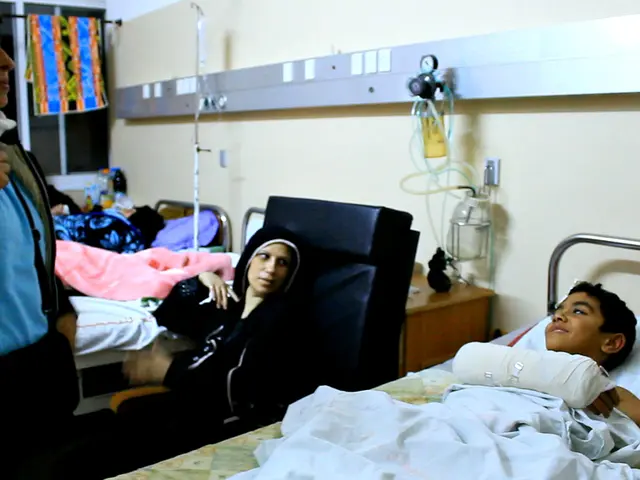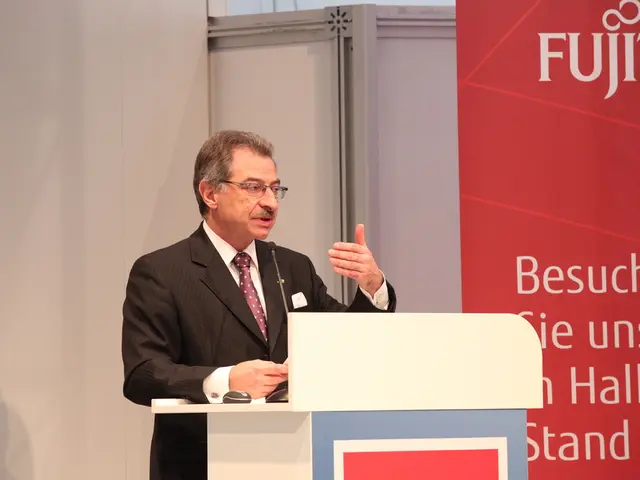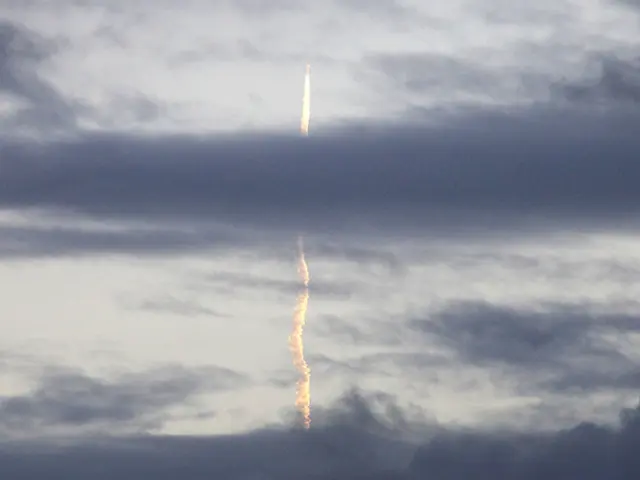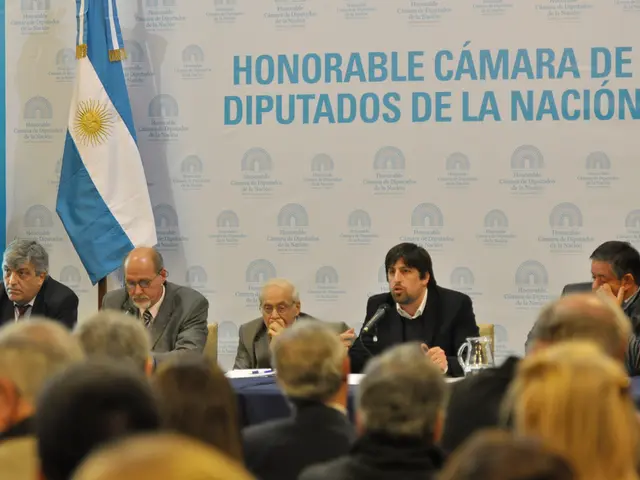Elevated Temperatures Pose High Wildfire Risk in Bragança, Guarda, and Faro Regions
Portugal Braces for Persistent Wildfire Risk
The Portuguese Institute for the Sea and Atmosphere (IPMA) has flagged ten municipalities across the districts of Coimbra and Faro as being at the highest risk of wildfires, with conditions conducive to fires expected to persist across the country.
The affected municipalities in the Faro district include Lagos, Portimão, Monchique, Silves, Loulé, Tavira, São Brás de Alportel, Alcoutim, and Castro Marim, while Pampilhosa da Serra in the Coimbra district is also at maximum risk.
oxygen levels, high temperatures, and strong winds, particularly in the northern and central interior, as well as the southern regions. The IPMA has predicted temperatures surpassing 33-35°C, low relative humidity, and northwesterly winds, with air quality potentially compromised by dust from North African deserts.
Furthermore, several municipalities across all continental districts have been designated as having very high to high wildfire risk. The Special Rural Firefighting Device (DECIR/25) has been activated, with over 8,900 operatives and more than 1,800 vehicles deployed, alongside 33 aerial resources, as the National Emergency and Civil Protection Authority (ANEPC) remains on permanent alert.
The Directorate-General for Health (DGS) has recommended preventive measures due to the hot weather, such as regular water consumption, avoiding alcohol, and limiting outdoor physical activity, particularly for more sensitive populations like children and the elderly. The DGS also cautions against prolonged efforts, contact with irritating products, and tobacco smoke during this period.
Despite these precautions, the IPMA's warning system places the districts of Bragança, Évora, Guarda, Faro, Vila Real, Setúbal, Santarém, Lisbon, Beja, Castelo Branco, Portalegre, and Braga under a yellow alert until 18:00 on Saturday.
Authorities advise the public to take the necessary precautions and adhere to fire prevention guidelines during this time of elevated wildfire risk. The IPMA updates its rural fire danger map daily, imposing restrictions on activities where necessary, particularly in areas with very high or highest risk.
What factors might contribute to the persistence of wildfire risk in Portugal, given the current weather conditions and climate-change implications? Could the development of environmental-science programs help in understanding and mitigating these risks in the future, as we grapple with the weather patterns and their impacts on our environment?








